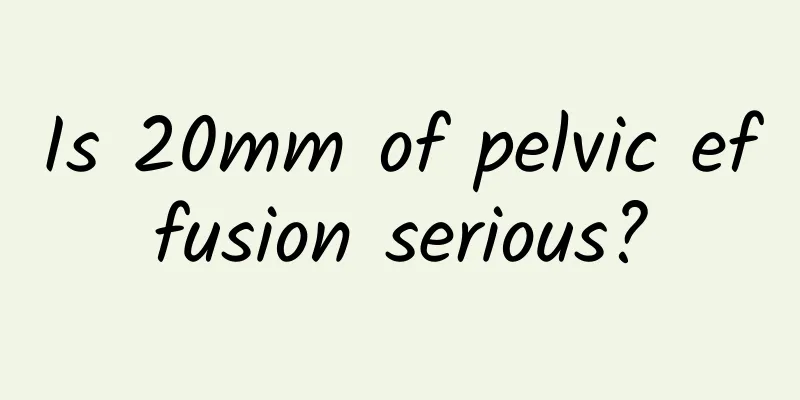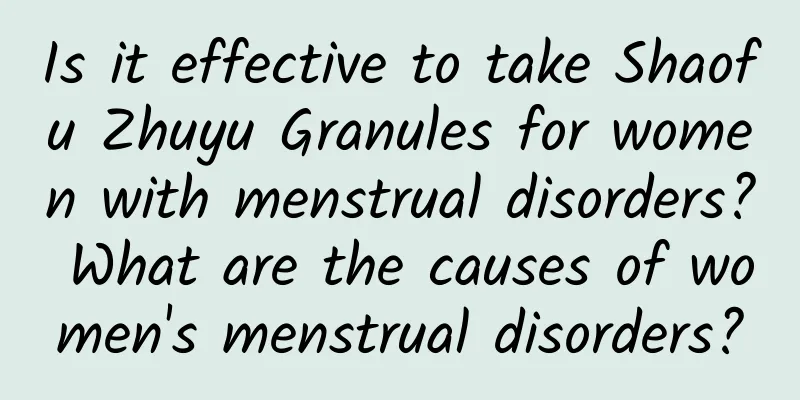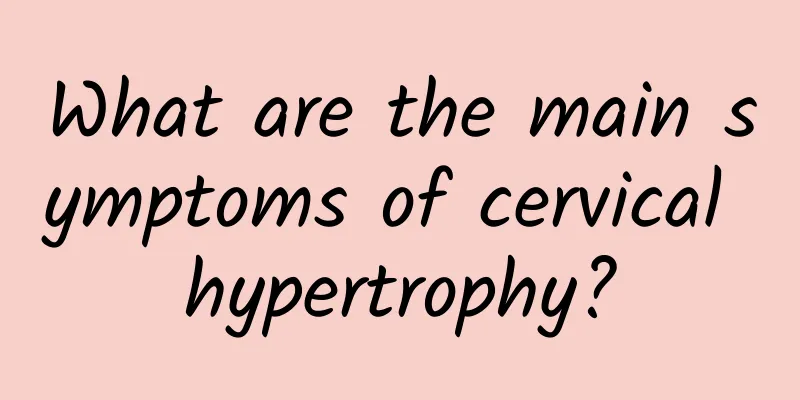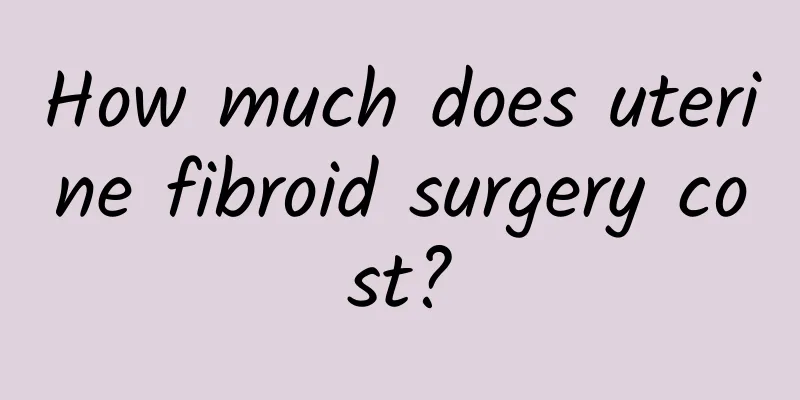Is 20mm of pelvic effusion serious?

|
Is 20mm of pelvic fluid serious? 1. This is a question that many female friends ask their doctors when they are told by the doctor that they have pelvic effusion and the diameter is 20mm. In response to this question from female friends, gynecologists say that the normal value of pelvic effusion is below 10mm, so pelvic effusion of 20mm is quite serious and needs to be identified as soon as possible and then treated symptomatically. 2. Gynecologists say that pelvic effusion is the presence of inflammatory exudate in the pelvic cavity, which can occur after the inflammation of the endometrium. The slightly viscous fluid exudates from the swollen cells of the endometrial tissue and is gradually wrapped by the surrounding tissue to form a cystic mass. Generally speaking, if the pelvic effusion is less than 10mm, it is normal, and such pelvic effusion is sometimes a good thing, which proves that the woman's fallopian tubes are unobstructed. If the fallopian tubes have exudate, if the umbrella end is unobstructed, a small amount of exudate will flow into the pelvic cavity, thus forming a pelvic effusion. 3. If the pelvic effusion exceeds 10mm, or even reaches 20mm, it is pathological pelvic effusion, which is abnormal and needs active treatment. If it is not treated actively, it is easy to cause pelvic adhesions, fallopian tube blockage, etc., leading to infertility. Therefore, if female friends have symptoms such as lower abdominal pain, lumbar pain, and increased leucorrhea, they must go to the hospital for examination. 1. Physical therapy The benign stimulation of warmth can promote local blood circulation in the pelvic cavity, improve the nutritional status of tissues, and increase metabolism, so as to facilitate the absorption and disappearance of inflammation. Commonly used methods include short wave, ultrashort wave, ion penetration, wax therapy, etc. 2. Surgical treatment Surgery is recommended for lumps such as hydrosalpinx or tubo-ovarian cysts. Surgery is also recommended for small infection foci that cause repeated inflammation. The principle of surgery is to completely cure the disease and avoid the chance of recurrence of residual lesions. Unilateral oophorectomy or total hysterectomy plus bilateral oophorectomy is performed. Ovarian function should be preserved as much as possible for young women. |
<<: Can pelvic effusion be treated with abortion?
>>: Can uterine fibroids heal on their own?
Recommend
In autumn and winter, you should go for the black and white diet style! Improve drainage and metabolism at once
What do you think of when you think of black and ...
What is the most conservative treatment for uterine fibroids? What is the most conservative treatment for uterine fibroids?
What is the most conservative treatment for uteri...
Smooth out fat stretch marks! Handmade Angelica Essential Oil for Anti-wrinkle
After finally getting rid of all the extra fat, y...
How is congenital absence of vagina diagnosed?
How to diagnose congenital absence of vagina? Thi...
How to take good care of cervical erosion during pregnancy Three principles of health care for cervical erosion during pregnancy
How to take good care of yourself during pregnanc...
Effects of surgery on Bartholinitis during pregnancy
Will surgery after pregnancy for Bartholinitis af...
Causes of pelvic inflammatory disease in women
There are many kinds of gynecological diseases, a...
How do women know the symptoms of cervical erosion? 5 symptoms of cervical erosion. Know them as early as possible.
Cervical erosion is the most common gynecological...
What kind of testing is needed for cervical erosion?
What kind of testing is needed for cervical erosi...
Treatment of adnexitis with anal drip and external powder
Patients with adnexitis may feel pain in the lowe...
What is the cause of vaginitis? Vaginitis is related to these factors
What are the causes of vaginitis ? Vaginitis is a...
Core training lazy package! Pilates exercises improve muscle endurance and help the body put on a natural vest
Whether you are standing or sitting now, feel whe...
What actions can cause miscarriage?
Generally, there is no saying that "some act...
Women must know the causes of dysmenorrhea
Dysmenorrhea is a phenomenon that many women expe...
What tests are needed for congenital absence of vagina
Congenital absence of vagina brings great pain to...









